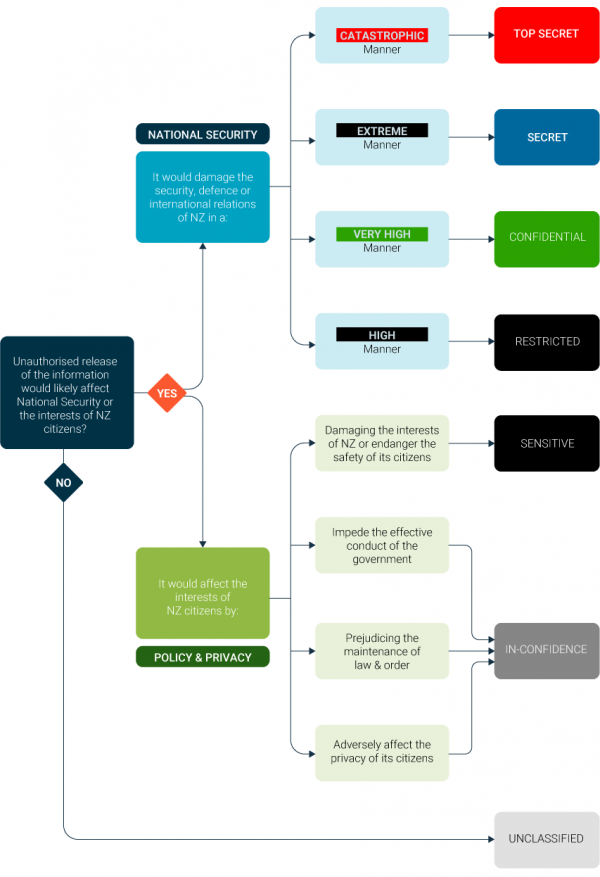For each of the impact categories you identified in Q1, assess the harm level against the BILs Matrix.
USER TIP: When authoring or preparing information with information at different classification levels, consider use of paragraph marking to clearly identify the classification of each section of a document, email, or dataset. This articulates the sections that have the highest classification level and enable more appropriate information sharing with different audiences.
When information is aggregated together into a collection (e.g. within a document, database, or system), you must use (at minimum) the highest classification level of any paragraph marking for the entire information collection. Note that aggregation of classified information may require increased protection as the harm and impact of its compromise may be higher.
The BILs use a continuum of increasing impact from (1) Low to (6) Catastrophic. The judgement that users must make when assessing harm can be subjective. The Classification Tool below is provided to help distinguish these levels and assess the appropriate business impact level.
If the information would not cause harm to New Zealand’s national interests, then begin your assessment at Policy and Privacy 3 High Impact.
